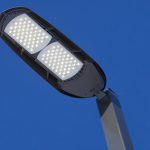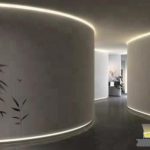Boost Your Focus: Discover How Different LED Light Colors Affect Productivity
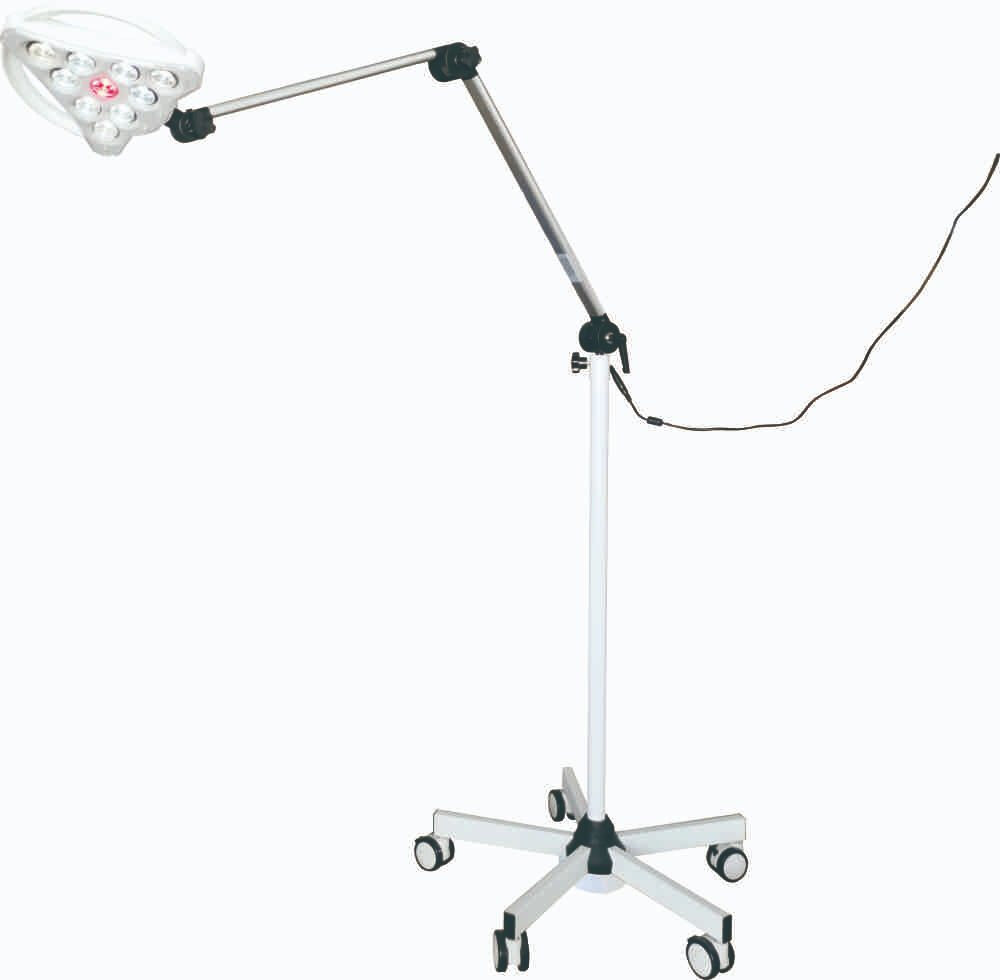
In today’s fast-paced world, staying focused and productive can be a real challenge. With so many distractions and stimuli vying for our attention, it’s no wonder that many people struggle to stay on task and get things done. However, recent research has suggested that the color of the light we’re exposed to could have a significant impact on our ability to concentrate and be productive. In this article, we’ll explore the science behind how different LED light colors affect productivity, and provide practical tips for how you can use this knowledge to boost your focus and get more done. The study of how light affects human behavior and mood is known as chronobiology. Researchers have found that exposure to different wavelengths of light can have different effects on our body clocks – the internal mechanisms that regulate our sleep-wake cycles and other physiological processes. By understanding these mechanisms, we can use light to our advantage to improve our productivity, mood, and overall wellbeing. So if you’ve ever wondered why you feel more alert and energized on a bright sunny day or struggle to stay awake in a dimly lit room, read on to discover how LED light colors could be the key to unlocking your full potential.
The importance of focus and productivity cannot be overstated. Without focus, it is difficult to achieve goals and complete tasks efficiently. Productivity, on the other hand, is a measure of how much work is accomplished in a given period. By improving focus, individuals can increase their productivity levels, which can lead to greater success and achievement in both personal and professional settings. In today’s fast-paced world, distractions are everywhere, making it more important than ever to find ways to stay focused and increase productivity. One way to do this is by using different LED light colors, as they have been found to have a significant impact on both focus and productivity. By understanding how different colors affect the brain and body, individuals can use this knowledge to optimize their work environment and achieve their goals more efficiently.
LED lights have been shown to have a significant impact on workplace productivity. The color temperature of the LED light can affect an individual’s circadian rhythm, which in turn affects their level of alertness and productivity. Cool white or blue LED lights are known to increase alertness and focus, making them ideal for tasks that require concentration and attention to detail. On the other hand, warm white or yellow LED lights are more calming and can help individuals relax and unwind. Using LED lights with adjustable color temperature can help create a productive environment that meets the needs of the task at hand and the individual’s energy level.
Understanding the Science Behind LED Light Colors
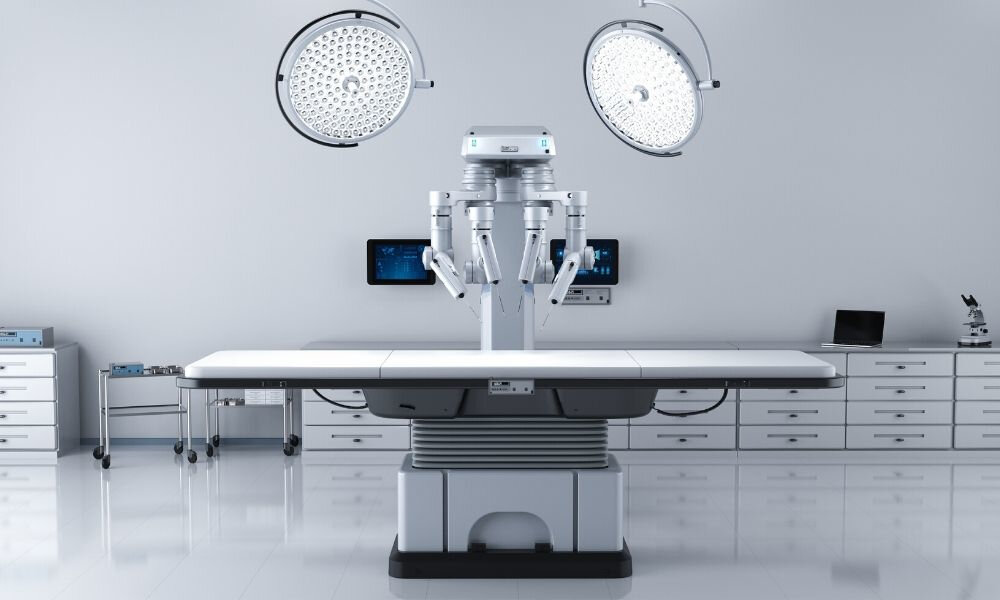
LED lights are a popular lighting solution that is used in various settings, including homes, offices, and public spaces. However, most people are unaware that LED lights come in different colors and that each color has a unique effect on productivity and mood. Understanding the science behind LED light colors is crucial in creating the ideal lighting environment that can boost one’s focus and productivity. White LED light is the most common color used in most settings. It is, however, important to note that white LED light is not a single color but a combination of blue, green, and red light. Blue light, in particular, has been found to increase alertness and productivity. It suppresses the melatonin hormone, which is responsible for inducing sleep, and stimulates the production of cortisol, a hormone that increases energy levels. On the other hand, red LED light has been found to have a calming effect, making it ideal for use in areas where relaxation is needed, such as bedrooms and meditation rooms. Understanding the effects of different LED light colors can help individuals create the ideal lighting environment that can boost their productivity and overall wellbeing.
LED lights, or Light Emitting Diodes, are a type of energy-efficient lighting technology that has become increasingly popular in recent years. They work by using a semiconductor to convert electrical energy into light. When a current is applied to the semiconductor, it excites the electrons, causing them to release energy in the form of photons. The color of the light emitted by an LED depends on the composition of the semiconductor, and a variety of colors can be produced. LED lights are known for their durability, low power consumption, and long lifespan, making them an excellent choice for both commercial and residential use. Additionally, they are available in a range of colors, which can be used to create different moods and enhance productivity in various settings.
LED lights are available in a wide range of colors, each with its unique effect on productivity and focus. Blue LED lights are known to increase alertness and mental clarity, making them ideal for work environments where concentration is critical. Red LED lights, on the other hand, are known to stimulate energy and passion, making them ideal for areas where creativity and inspiration are essential, like a home office or art studio. Green LED lights have a calming effect, making them useful in areas where stress relief is necessary, such as a yoga studio or meditation room. Yellow LED lights promote clarity and mental focus, making them ideal for tasks that require attention to detail, such as reading or studying. Ultimately, the color of LED lights you choose should depend on the type of work you do and the environment in which you do it.
The science behind how different colors of LED lights affect the brain and productivity revolves around the concept of color temperature and wavelength. Blue light, for instance, has a shorter wavelength and a higher color temperature, which stimulates the brain and promotes alertness, making it ideal for workspaces and study areas. On the other hand, warmer colors such as yellow, orange, and red have longer wavelengths and lower color temperatures, which have a calming and relaxing effect on the brain, making them great for use in bedrooms and relaxation areas. Additionally, the intensity of light also plays a significant role in productivity, as dimmer lights can lead to reduced concentration and increased strain on the eyes, while brighter lights can promote focus and enhance productivity.
The Effects of Blue LED Light on Productivity
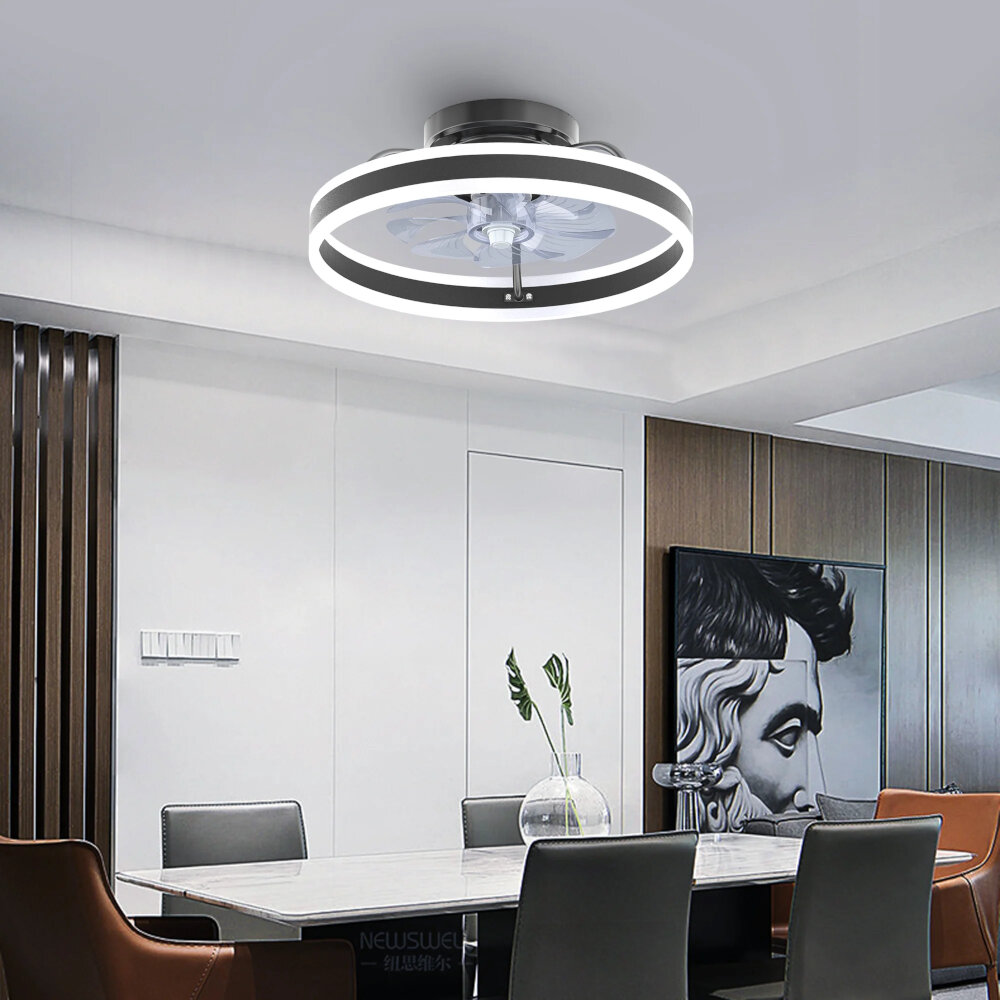
Blue LED light has been shown to have a significant impact on productivity levels in individuals. Studies have found that blue light exposure helps to increase alertness, cognitive function, and overall productivity. This is because blue light affects the body’s circadian rhythm, which is responsible for regulating sleep-wake cycles. By exposing the body to blue light, individuals are able to reset their circadian rhythm, which leads to increased energy levels and productivity during the day. Additionally, blue light has been shown to improve mood and reduce the symptoms of depression, which can further enhance productivity levels in individuals. However, it is important to note that excessive exposure to blue light can have negative effects on productivity and overall health. Blue light exposure during nighttime hours can disrupt sleep patterns, which can lead to decreased productivity levels during the day. Additionally, prolonged exposure to blue light can lead to eye strain and fatigue, which can also negatively impact productivity. Therefore, it is important to use blue LED lights in moderation and to incorporate other colors of light into your work environment to ensure optimal productivity and overall health.
Blue LED light is known to have a significant impact on productivity. Research has shown that blue light has the ability to increase alertness and enhance cognitive performance, making it an ideal option for tasks that require concentration and focus. This is due to the fact that blue light suppresses the production of melatonin, a hormone that regulates sleep and wake cycles, thereby reducing drowsiness and promoting mental clarity. Additionally, blue light therapy has been found to be effective in treating seasonal affective disorder (SAD) and other forms of depression by regulating circadian rhythm. However, it is important to note that prolonged exposure to blue LED light can also disrupt sleep patterns, so it is recommended to use blue light in moderation and avoid using it before bedtime.
Research studies have shown that blue LED light can have a significant impact on productivity. One study found that exposure to blue light increased alertness and cognitive performance, leading to improved productivity in tasks such as typing and reading. However, excessive exposure to blue light can disrupt the body’s natural circadian rhythm, leading to sleep disturbances and reduced productivity in the long run. It is important to find a balance between exposure to blue light for increased productivity and limiting exposure to avoid negative effects on sleep and overall health.
Blue LED light is an effective tool for boosting productivity, but it is important to use it correctly. First, make sure to use blue light in the morning to help regulate your circadian rhythm and signal to your body that it is time to wake up. Additionally, avoid using blue light in the evening or before bed, as it can disrupt your sleep. Instead, use warmer, dimmer lighting to promote relaxation and prepare your body for rest. Finally, be mindful of the intensity of the blue light you are using, as too much can cause eye strain and headaches. By using blue LED light strategically and in moderation, you can harness its productivity-boosting benefits while avoiding negative side effects.
The Effects of Red LED Light on Productivity
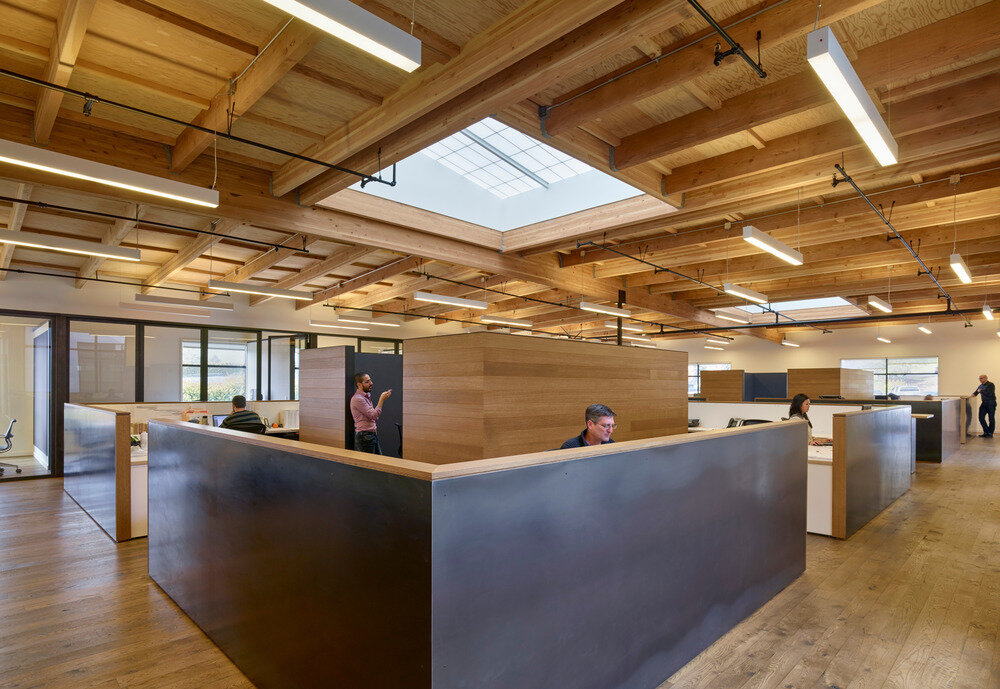
In recent years, the use of LED lights has become increasingly popular in work environments. Among the various colors of LED lights, red light has been shown to have a positive effect on productivity. Studies have found that exposure to red LED light can help increase focus and attention, leading to improved productivity in various tasks. This is because red light stimulates the production of adrenaline, which can improve alertness and cognitive performance. Additionally, red light has been found to decrease the production of melatonin, a hormone that can make individuals feel drowsy and less productive. Furthermore, red light has been found to be particularly effective in work environments that require sustained attention to detail. For example, workers in industries such as graphic design or architecture may benefit from exposure to red LED light as it can help them stay focused on intricate and demanding tasks. Similarly, workers who are required to work long hours may also benefit from red light exposure as it can help improve their alertness and prevent fatigue. Overall, the use of red LED light in work environments can be a simple and effective way to boost productivity and improve work performance.
Red LED light has been shown to have a negative impact on productivity due to its association with alertness and danger. Red light stimulates the release of cortisol, the stress hormone, which can lead to increased levels of anxiety and decreased focus. Additionally, red light has been linked to disrupted sleep patterns, which can further impact productivity. While small amounts of red light may be beneficial in certain settings, such as in emergency situations or as a warning signal, it is generally recommended to avoid using red light in work environments where focus and productivity are key.
Research studies have shown that the use of red LED light can have a positive impact on productivity. One such study conducted by the University of Granada found that exposure to red light increased cognitive performance and attention to detail in tasks. Another study conducted by the Lighting Research Center at Rensselaer Polytechnic Institute found that red light improved performance in tasks requiring mental effort and accuracy. These findings suggest that incorporating red LED light into workspaces could enhance productivity and focus. However, it is important to note that the effects of red LED light may vary depending on the individual and the specific task being performed.
If you’re looking to boost productivity, using red LED light can be a game-changer. Red light is known to increase alertness and attention to detail, making it an excellent choice for tasks that require intense focus. However, it’s important to be mindful of the intensity and duration of exposure to red light, as prolonged exposure can lead to eye strain and fatigue. To maximize the benefits of red light, use it in short bursts during work sessions, ideally in combination with breaks in natural light. Additionally, consider using red light in a dedicated workspace with minimal distractions to create an environment that promotes productivity and focus.
The Effects of Green LED Light on Productivity
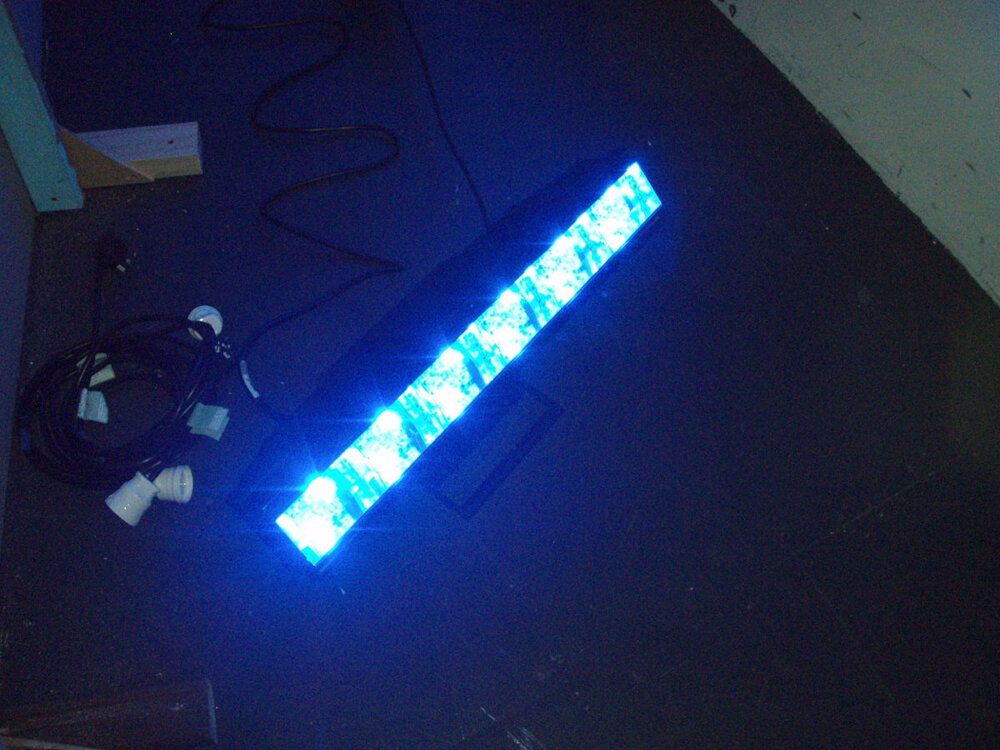
Green LED light has been found to have a positive impact on productivity, as it helps to reduce eye strain and fatigue in individuals who work for extended periods of time. Studies have shown that exposure to green light can increase concentration levels, improve mood and enhance cognitive function. This is especially beneficial for those who spend long hours working on computers or performing tasks that require sustained focus and attention. Moreover, green LED light has also been found to have a calming effect on the mind and body, making it an ideal choice for individuals who experience high levels of stress or anxiety in the workplace. This is because green light is associated with nature and the environment, and has a similar effect to spending time outdoors in a natural setting. By creating a more relaxed and tranquil atmosphere, green light can help to improve overall wellbeing and boost productivity in the workplace. Overall, green LED light is a highly effective tool for enhancing productivity and improving overall wellbeing in the workplace, making it an ideal choice for individuals and organizations looking to improve their performance and achieve greater success.
Green LED light has been shown to have a positive impact on productivity. This is because green light is associated with balance and harmony, which can help to create a sense of calmness and relaxation in the workplace. Additionally, green light has been shown to increase mental focus and alertness, making it an ideal choice for tasks that require concentration and attention to detail. Research has also suggested that exposure to green light can help to reduce eye strain and improve overall visual acuity, which can further enhance productivity in the workplace. Overall, incorporating green LED light into the workplace can be an effective way to boost productivity and promote a more productive and efficient work environment.
Research studies have shown that green LED light can have a positive impact on productivity. According to a study published in the Journal of Environmental Psychology, participants exposed to green light reported feeling more awake and alert compared to those exposed to red or blue light. Another study published in the Journal of Clinical Sleep Medicine found that green light exposure helped improve sleep and led to better cognitive performance the following day. Additionally, a study conducted by the University of Warwick found that workers who were exposed to green light experienced a 12% increase in productivity compared to those who were not exposed to any colored light. These findings suggest that incorporating green LED light into workspaces may be a simple and effective way to enhance productivity and overall well-being.
Green LED light can help boost productivity by promoting a sense of calm and focus. To maximize its potential, it’s important to use the right shade of green, which should be a cool and slightly blueish tone. Additionally, it’s recommended to use a dimmer switch to adjust the brightness and avoid overstimulation. For optimal results, green light should be used in combination with other productivity-boosting techniques, such as creating a comfortable work environment, taking regular breaks, and practicing good time-management skills. Overall, incorporating green LED light into your work routine can help increase productivity and reduce stress.
The article \Boost Your Focus: Discover How Different LED Light Colors Affect Productivity\ explains how different colors of LED lights can affect our productivity and focus. The color temperature of the light we are exposed to can impact our circadian rhythm, affecting our sleep quality and energy levels. Blue light, for example, has been found to increase alertness and improve cognitive performance, while warm yellow light can promote relaxation and reduce stress. The article suggests using blue light in the morning to help kickstart your day, and warmer light in the late afternoon and evening to wind down and prepare for sleep. By being mindful of the color temperature of the light we are exposed to, we can optimize our productivity and overall well-being.
In conclusion, LED lighting technology has revolutionized the lighting industry, and it has proven to be an essential tool in boosting productivity in the workplace. The different colors of LED lights have a significant impact on the human brain, and they can enhance alertness, focus, and concentration. The blue and green LED lights are particularly useful in enhancing cognitive function, while the warm white LED lights improve mood and reduce stress levels. By implementing LED lighting in the workplace, employers can create a more conducive environment for their employees, resulting in increased productivity, improved employee satisfaction, and reduced absenteeism. Therefore, it is crucial for businesses to invest in LED lighting to optimize their employees’ performance and overall well-being.
If you’re looking to improve your focus and productivity, it might be time to switch up your lighting game. LED lights have been scientifically proven to have a significant impact on our mood, energy levels, and overall productivity. By experimenting with different colors and temperatures, you can create a lighting environment that is tailored to your specific needs and preferences. So why not give it a try? Swap out your old bulbs for some high-quality LED lights and see how they affect your productivity. You might be surprised by just how much of a difference they can make!
Conclusion
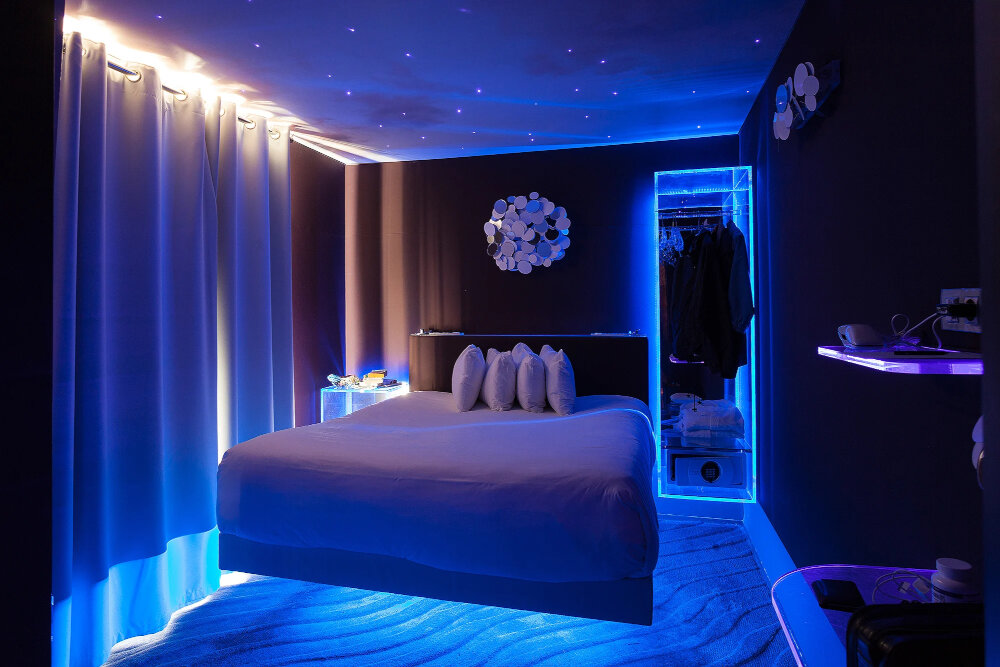
In conclusion, the impact of LED light colors on productivity and focus is a fascinating subject that requires further exploration. From the stimulating effects of blue light to the calming effects of warm white light, the color of light can have a powerful influence on our mental and emotional states. By understanding how different LED light colors affect our productivity and focus, we can make informed choices about the lighting in our workspaces, homes, and other environments. Whether you’re trying to increase your concentration, reduce stress, or improve your sleep, LED lights can be a valuable tool in achieving your goals. So take the time to experiment with different colors of light and see how they affect your productivity and well-being.


